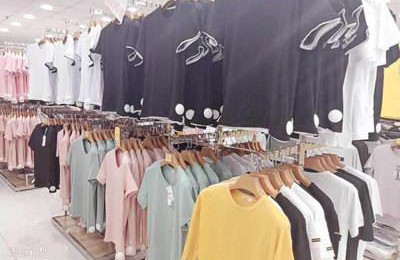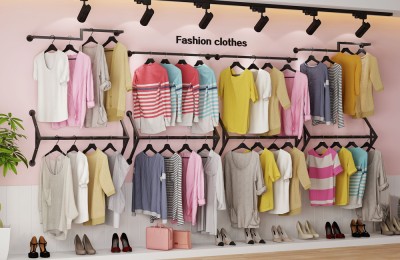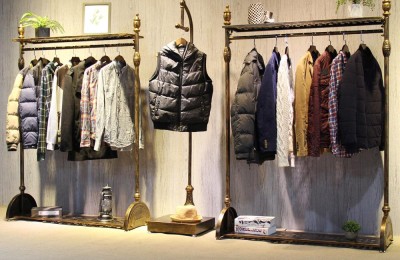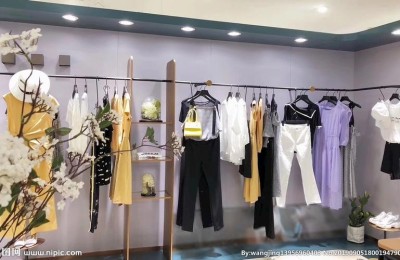Since this year, the textile market has been tepid, and the once hot market is gone forever. In particular, conventional products such as polyester taffeta, pongee, nylon, etc. are oversupplied and severely unsalable.
The inventory of conventional gray fabrics is obviously overstocked and is at a high level in the past three years!
It can be seen from the sample data collected by China Silk City Network that in late March, the Shengze area entered the inventory accumulation stage. After June, although the market has destocked operations , but with little effect each time. The current market inventory is about 39 days, still at a high level in the past three years. It is reported that many factories in other places currently have higher inventories, most of which are more than 2 months old, and some are even more than 3 months old. The inventory pressure is very high.
Part of the reason is that the production capacity of peripheral water-jet looms has been released intensively, entering a stage of rapid increase, and production capacity has changed. This has affected the supply and demand pattern of the gray fabric market, especially as the production capacity of conventional chemical fiber products has entered a “blowout period.” Coupled with the impact of weak terminal demand, the scale of gray fabric market orders has dropped from tens of thousands or hundreds of thousands of meters to small orders of hundreds or thousands of meters, resulting in an obvious inventory backlog of gray fabric manufacturers.
The price of conventional gray fabrics has dropped by more than 40%, and the machine rate is only 10-20 yuan!
Since this year, the production capacity of the weaving market has been released intensively, but the demand has not kept up in time. As a result, textile manufacturers are facing increasingly fierce competition, and the phenomenon of market dumping has also occurred frequently. Especially in the second half of the year, with high inventory backlog, all major conventional products have lowered their quotations. It is understood that the price of “bulk goods” polyester taffeta, pongee, nylon and other gray fabrics has dropped by at least 40%. Many manufacturers say that the price is now at the lowest price in recent years.
Looking at the specific machine rate, it is understood that the net profit of a conventional water-jet loom in the past two years was around 50-60 yuan per day, while during March-April 2018, The profit per machine once rose to 100-120 yuan, and some are even higher. However, since this year, the net profit of conventional water-jet looms has been significantly compressed. The profit of each loom is only 10-20 yuan, and there are even losses.
Since there is a high inventory backlog and it is difficult to make a profit, why not stop production? Why not transform?
1. Once production is stopped, the rent and machine damage will be “washed away”
As for whether weaving manufacturers should stop production, it is really It is not the textile boss who has the final say. In the final analysis, it has to be decided by many aspects such as cost and workers.
A textile boss calculated an account for the editor, taking a textile factory with 100 looms as an example: first is the “big head” rent, and now the local factory rent is 200-300 yuan/year/square meter , if 100 machines require a 2,000 square meter factory building, based on this calculation, the annual rent will be 400,000-600,000 yuan. The rent for factories in other places is slightly lower, about 60-100 yuan/year/square meter. 100 machines also require a 2,000-square-meter factory, and the annual rent is 120,000-200,000 yuan. Coupled with other basic expenses such as machine depreciation, once production is stopped, all the money will be wasted.
2. Once production is stopped, the most “troublesome” recruitment problem will reappear
If production is suspended, there will be another “troublesome” worker problem for weaving manufacturers.
Also taking a textile factory with 100 looms as an example: in terms of normal production, the factory generally needs to be equipped with 30-40 workers. If there is a break from production, a short holiday or a high temperature holiday, the workers will basically be happy to accept it. However, if the production is suspended for more than a week or more, most workers will not choose to wait at home, and will naturally leave their jobs and continue working at another manufacturer. Once the workers leave, you can imagine how difficult it is to recruit thirty or forty new employees when you really want to start work, especially the recruitment of skilled workers.
3. If you want to transform, equipment, talents, etc. will require a large amount of capital investment
If you want to transform, it’s not easy! Although the textile market needs differentiated products and develops towards high value-added and distinctive products, it is very difficult for small and medium-sized gray fabric manufacturers to transform and upgrade.
First of all, the hardware conditions, such as machines and other equipment, are limited. When transforming from conventional products to differentiated varieties, it is necessary to replace looms and supporting equipment to improve production efficiency.�Upgrading can lead to better production, but this naturally requires a large amount of capital investment.
Secondly, there are software conditions, such as technical personnel and R&D personnel and other professional talents. If you want to develop new products or develop innovatively, you will definitely need relevant professionals. You will also need more funds and welfare benefits to attract and retain talents, so that you can create better development for your company.
Four. Special products are also cyclical, and transformation may not be successful
Enterprise transformation and upgrading , the production and development of some functional products or innovative products will inevitably involve issues of promotion and market acceptance.
The first is that products that are different from conventional products require independent research and development and innovation. Special fabrics may be difficult to gain market recognition for a while. Downstream buyers are more likely to test the water with small orders, and it is difficult to buy large orders. Issued quickly, the initial cost investment is difficult to recover in a short period of time. In addition, in terms of promotion, more manpower, material resources and financial assistance are needed, which is more risky for small and medium-sized enterprises.
Similarly, some special products or functional products, although they have great selling points, may actually have a certain periodicity like regular products, and it is necessary to grasp the market situation or market demand in a timely manner. The loss may outweigh the gain.
No matter which one, for small and medium-sized textile manufacturers, it is tantamount to further increasing the risk. Their own R&D capabilities are weak and their technology is not high. In addition, given the sluggish market conditions this year, most textile manufacturers do not dare to make too many attempts in stopping production or transforming for the sake of safety, mainly to stabilize their mentality.
We can only continue the production of a single product and maintain our normal production and operation; we hope that when the peak season comes, there will still be hope for a turnaround and profit expectations! </p







